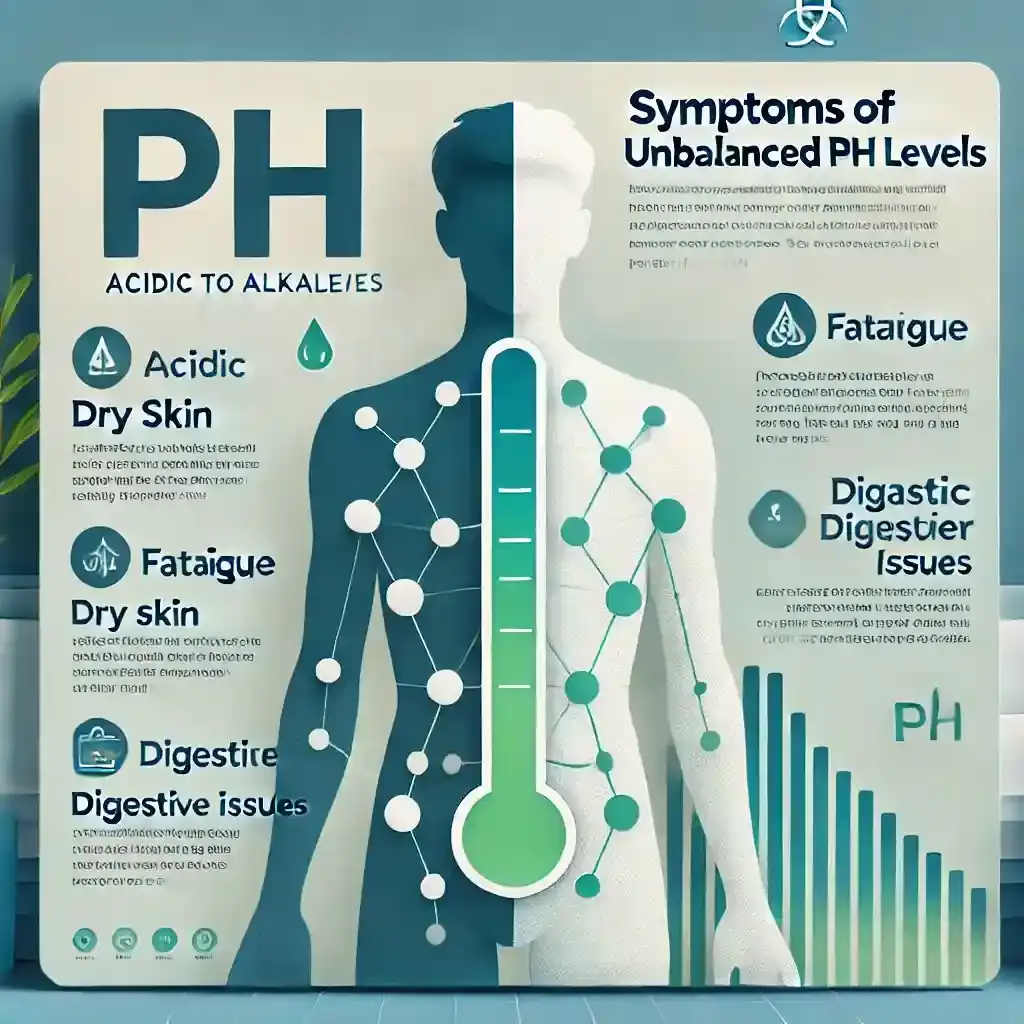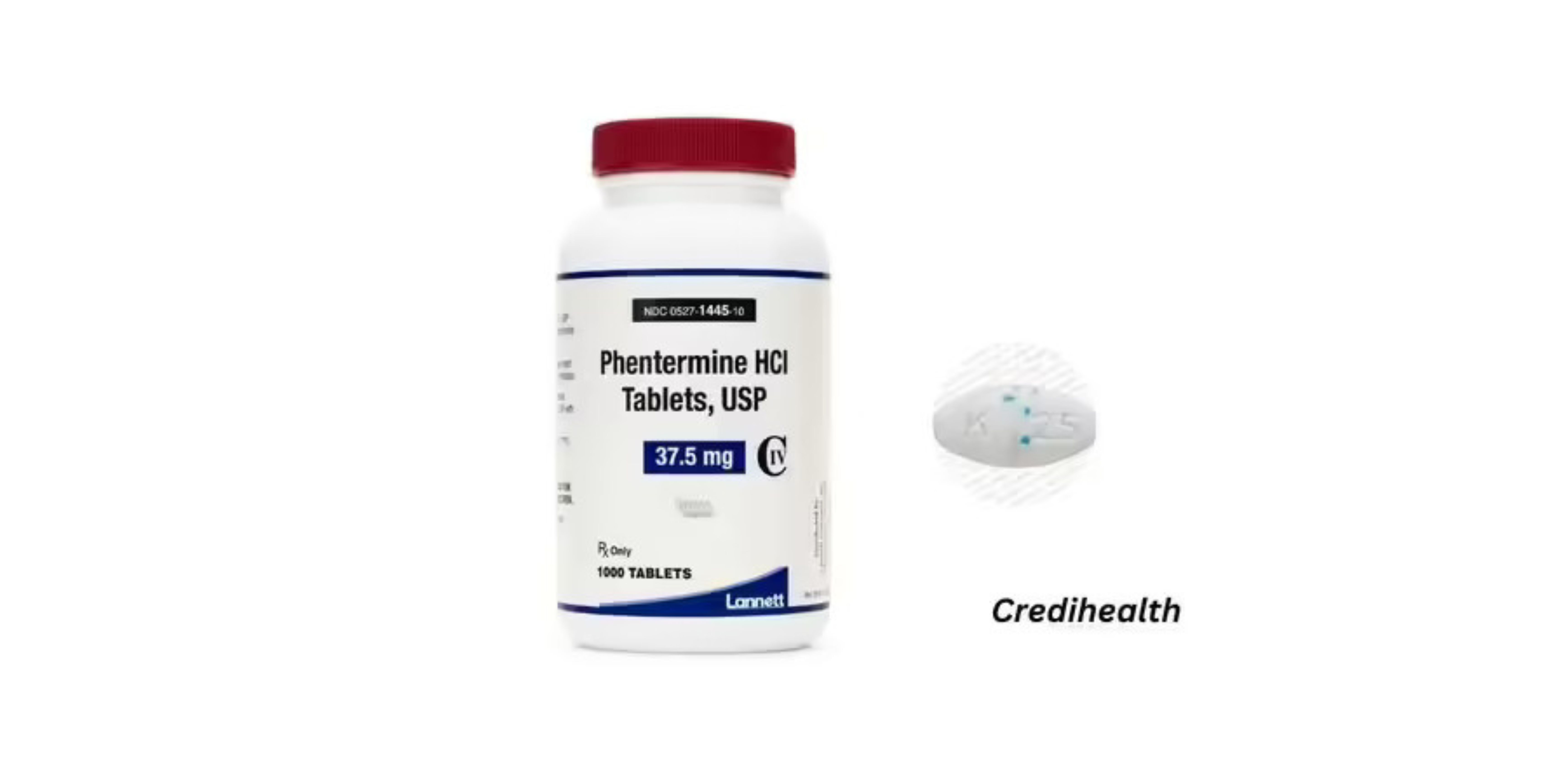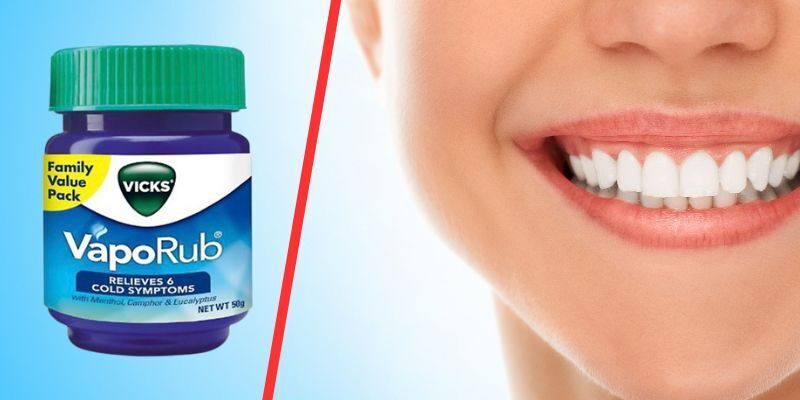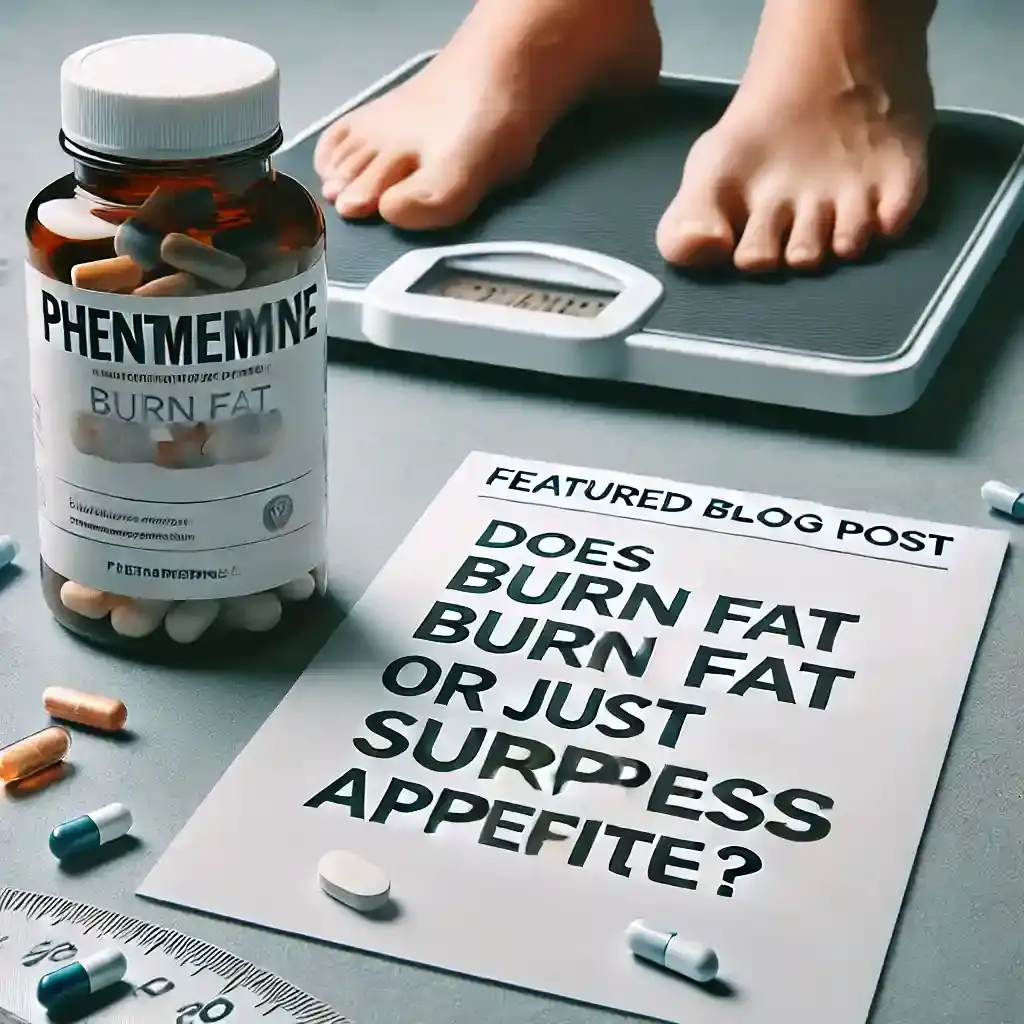|
Cheek fat reduces through a balanced diet, regular cardio, cheek fat exercises, hydration, and sleep. Genetics matter, but steady lifestyle changes remain the most reliable way to slim cheeks naturally. |
Ever looked in the mirror and wondered why your cheeks look fuller than the rest of your face? Many people search for how to lose cheek fat safely, hoping for a slimmer, more defined look. The truth is, cheek fat isn’t just about the face; it often reflects overall body fat. While quick tricks rarely work, sustainable habits like cardio, strength training, and a balanced diet gradually reduce fat across the body, including the cheeks. In this guide, you’ll discover expert-backed strategies to slim down your face by focusing on healthy, long-term fat loss.
How to Get Rid of Cheek Fat
The phrase sounds simple, but reality is layered. Cheek fat is often tied to overall body fat, genetics, and daily routines. No cream or strap melts it overnight. What does work is a mix of balanced eating, physical activity, and facial movements that build tone. Adding these habits steadily can trim puffiness and make cheekbones clearer. Think of it as part of whole-body health, not a single isolated fix.
7 Expert-Backed Ways to Lose Cheek Fat
Before addressing methods, one simple rule helps: cheeks reduce when the whole body reduces fat. No single exercise removes cheek fat alone. The muscles can tone, but fat melts only when calorie balance changes. Keeping this in mind adds clarity to all the methods below.
Now, let us explore the improved steps using expert-level depth, smoother explanations, and better continuity.
1. Facial Movements That Support a Sharper Look
Facial exercises can add tone to the muscles under the skin. These movements do not burn large amounts of fat, but they improve definition. When combined with cardio or strength training, the results improve further.
Some helpful cheek fat reduction exercises include:
-
Air-Shifting Exercise: Fill one cheek with air, shift to the other side, and repeat.
-
Smiling Hold: Hold a wide smile with teeth lightly clenched.
-
Cheek Lifting: Use fingers for gentle resistance while lifting cheeks upward.
-
Jawline Push Exercise: Push the lower jaw forward and hold.
These moves support blood flow and muscle activity. Since many people follow them daily, they constantly ask how to make cheeks look thinner. The answer is simple: these exercises add shape, not direct fat loss. But the combined effect makes the face appear slimmer over time.
As many readers explore how to lose face fat naturally at home, these easy moves fit into any daily schedule.
2. Daily Cardio and Strength Training to Reduce Cheek Fat
Cardio routines help the body burn more calories, which directly affects facial fat. Brisk walking, cycling, jogging, or even dancing for 30–45 minutes helps the body gradually lose fat. The more consistent the cardio routine, the faster someone notices a sharper face.
Strength training adds another advantage. When the body builds lean muscle, it burns more calories even during rest. Simple workouts like squats, deadlifts, push-ups, and resistance band routines raise metabolism steadily.
People also look for the fastest way to lose cheek fat. Although no exact days exist, cardio plus strength training improves the fat-burning rate across the entire body. Over a few weeks, facial changes start showing because cheek fat reduces with overall body fat reduction.
When this routine continues, anyone can get a slimmer face with a stable approach.
3. Eating Patterns That Support Cheek Fat Reduction
Food choices influence how much fat the body stores. Many readers want to know how to reduce chubby cheeks without strict dieting. The best method remains consistency, not crash diets. A diet to reduce facial fat helps when it includes balanced nutrition and fewer empty calories.
Better choices include:
-
Whole grains like oats, quinoa, and brown rice
-
Lean proteins such as eggs, fish, chicken, and dals
-
Fruits like apples, berries, and melons
-
Vegetables such as spinach, carrots, beans
-
Healthy fats from nuts and seeds
Salt-heavy foods increase water holding. Similarly, sugary snacks raise calorie intake without any nutritional benefit. Slow and steady eating habits reduce facial bloating and keep energy stable throughout the day.
Many people also ask: Does drinking water reduce cheek fat? Water itself does not melt fat, but it prevents puffiness. Hydration supports digestion, reduces salt concentration, and improves metabolism.
To help you compare food choices clearly, here is a simple table:
Foods That Cause Facial Puffiness vs Better Alternatives
|
Category |
Foods to Avoid |
Better Choices |
|
Salt |
Chips, packaged snacks |
Fresh fruits, homemade snacks |
|
Sugar |
Soda, pastries |
Fresh juices, nuts |
|
Carbs |
White bread, refined pasta |
Oats, millets |
|
Protein |
Processed meats |
Fresh lean meats, pulses |
Including such habits creates smoother cheek fat reduction over time.
4. Hydration Habits and Alcohol Reduction for a Slimmer Face
Hydration plays an important part in how the face appears. When the body lacks water, it holds onto fluids. This creates puffiness around the cheeks, under the eyes, and jawline. Drinking water before meals helps control calorie intake and reduces bloating.
Alcohol works in the opposite direction. It pushes the body towards dehydration and later triggers water retention. Reducing alcohol intake leads to clearer skin and a sharper face shape. Since many people search for facial bloating remedies, improved hydration becomes the simplest method possible.
5. Better Sleep and Lower Stress for a Leaner Face
Sleep influences hunger and hormone balance. When the body sleeps less than seven hours, appetite increases and cravings rise. Stress increases cortisol, which leads to more fat storage and facial swelling. Improving sleep quality helps reduce facial swelling naturally.
Simple habits such as fixed sleep times, limited caffeine, deep breathing, or short evening walks support better sleep. This, in turn, makes it easier to reduce cheek fat without making large lifestyle changes.
6. Building Strength for Long-Term Fat Loss
Strength training improves the body’s ability to burn calories. And as muscle increases, daily metabolism rises without extra effort. When people follow this method regularly, they notice steady fat reduction across the body. This includes the face because of overall fat changes.
Many readers ask how long does it take to lose cheek fat. The truth varies. Some notice a change in six weeks. Others take two to three months. The idea is to stay patient. Slow progress is still progress.
Strength training also helps maintain skin firmness, which prevents sagging during fat loss. This makes it one of the best exercises to lose cheek fat when combined with cardio.
7. Medical and Cosmetic Options When Natural Methods Are Not Enough
Sometimes, natural methods do not give the expected results. Facial shapes vary widely, and genetics influence fullness more than people realise. At such times, someone may explore non-surgical ways to slim the face, such as contouring treatments, radiofrequency tightening, or ultrasound lifting.
Buccal fat removal alternatives also exist for those with deep cheek fullness. However, these must be done only under medical supervision. Slow fat reduction remains the safest option because harsh procedures can alter facial shape permanently.
Why Cheeks Look Full
Cheek fat forms due to genetics, lifestyle, water balance, and weight changes. When someone wants to lose cheek fat, they should know that the face holds fat in different pockets. The buccal fat pad, which sits deep in the cheek, has a major influence. According to an anatomical review, the buccal fat pad volume is around 7.8–11.2 mL in males and 7.2–10.8 mL in females. This size itself affects whether the cheeks look flat or round.
Another point is age. Imaging studies show that buccal fat pad volume increases significantly between ages 10 to 20 (from around 4,000 to 8,000 cubic millimetres) and then reduces slowly to about 7,000 mm³ in adulthood. Because of this, some adults carry fuller cheeks even when they are slim.
Weight fluctuations also change how the face looks. When people gain weight fast, their cheeks expand. When they lose weight too quickly, the mid-face sometimes sags because the skin does not adapt. Slow fat loss creates a smoother transition and keeps the cheek structure healthy.
Salt-heavy diets, stress, disturbed sleep, alcohol intake, and hormonal changes also influence water holding in the face. Therefore, the more someone improves their lifestyle, the easier it becomes to slim face cheeks naturally.
Myths About Losing Cheek Fat
Chewing gum melts fat? No. It only moves the jaw. Creams that “burn” fat? False promises. Spot reduction? Science rejects it. The body does not decide to empty cheeks only; it reduces fat as a whole.
Other myths:
-
Sweating more equals burning more cheek fat. Sweat is just water.
-
Skipping meals trims cheeks faster. It slows metabolism instead.
-
Only young people can change their facial fat. Adults of any age can adjust with steady effort.
See also: Does Chewing Gum Reduce Face Fat?
When to Seek Professional Help
Sometimes cheeks stay round despite every step. That is when medical advice helps. A sudden swelling on one side, persistent puffiness unrelated to weight, or interest in cosmetic options all need expert review. Doctors can check for thyroid conditions, give structured diet plans, or explain safe treatments like buccal fat surgery. Professional support ensures safety.
Final Takeaway
Everyone searching for how to get rid of cheek fat wants fast answers, but cheeks don’t work that way. They respond slowly, in their own time. Cardio, better food, enough sleep, those things chip away at the fullness bit by bit.
A slimmer face is not about one trick; it’s about stacking habits until the mirror starts showing them back. And yes, it can be frustrating when change crawls instead of leaps. But that’s real progress. Ultimately, the healthier body carries less weight, and the cheeks finally let go of it.
Also Read: How To Get Rid of Neck Fat Fast?
Frequently Asked Questions
Can losing cheek fat help with the jawline?
When your body stores fat in the face, you will automatically have fat in the jawline. Thus, to make your jawline prominent, try to lose overall weight, which can help with the jawline.
Will chewing gum help with cheek fat?
Yes, regularly chewing gum for some time can help deal with the fats in the cheeks. In addition, gum chewing can help stimulate the muscle of the face and can help reduce cheek fat.
What are some of the exercises for the jawline and cheeks?
Some exercises for the jawline and cheeks can slowly move your jaw forward and backward. For example, lifting the lips and pushing the muscles of the chin and jawline stretches, staying in the stretching position for 10 seconds, and relaxing.
Which exercise helps in removing face fat?
A lifted chin can help reduce cheek fat. Pulling the lower portion of the face upwards and downwards can also help remove face fat and increase the blood flow into the body. Repeat these exercises 10 -15 times.
Can cheek fat exercises alone reduce fat?
Cheek fat exercises help tone the muscles, sure, but the fat itself goes only when overall weight drops. Cardio and diet changes are the real drivers.
How long does it take to notice slimmer cheeks?
Depends. Some see change in six weeks, others wait three months. Body type, sleep patterns, even stress levels, everything messes with the timeline. Patience matters.
What are the best exercises for cheek fat?
Walking, cycling, running, anything that burns calories. Add puffing cheeks, wide smiles, and jawline exercises. Together, they don’t melt fat but make the face look sharper.
Can foods to lose face fat really work?
No single food “burns” fat. But swapping chips for nuts, soda for water, or white bread for oats trims calories. Over time, cheeks respond.
Are pneumococcal vaccine side effects linked to fat cheeks?
Not really. Sometimes there’s temporary swelling, that’s it. Cheek fat sticks around because of lifestyle and genes, not vaccines. Different issues entirely.
-User-1754380331.png)
Reviewed by







